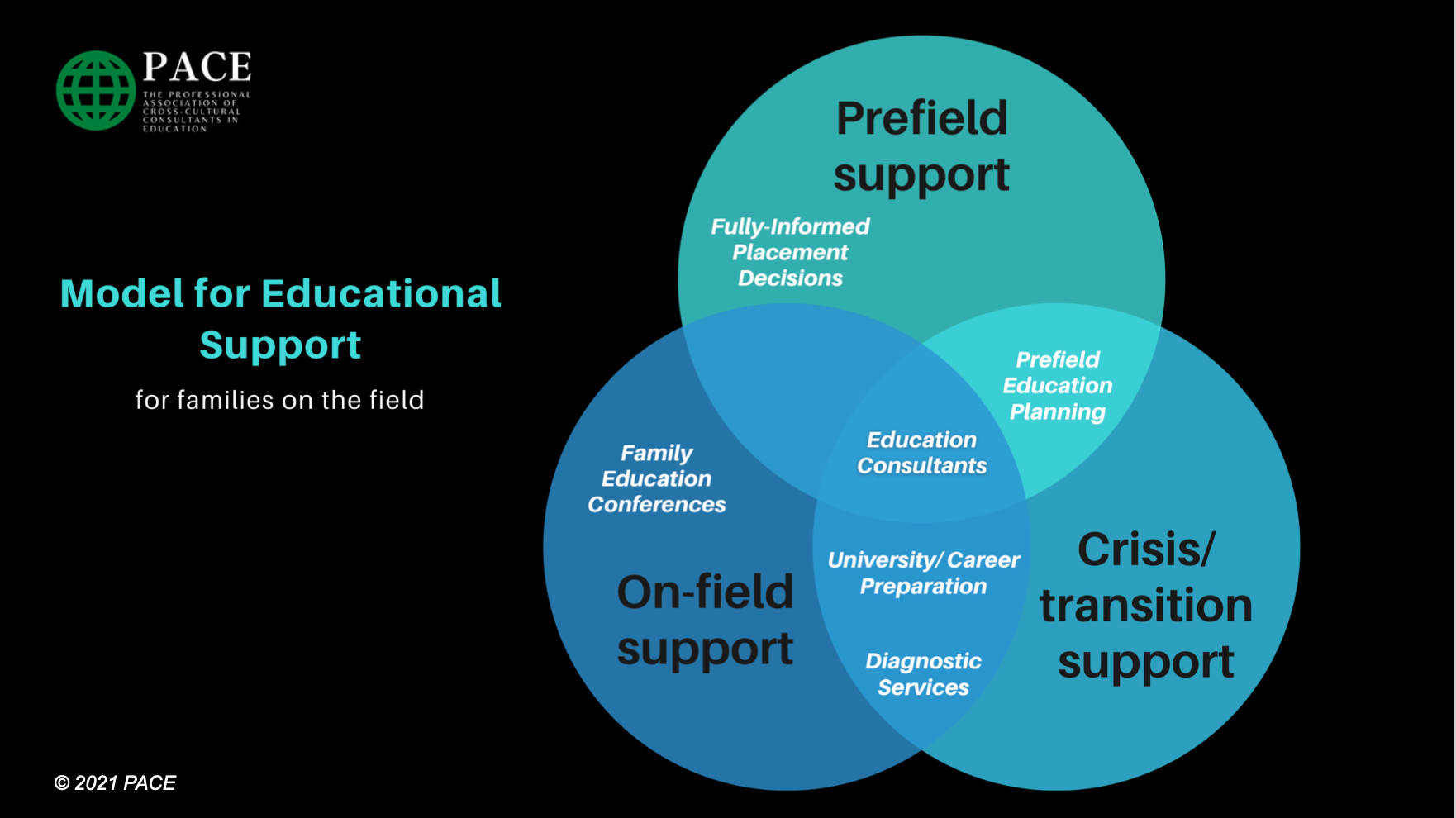In March, many education consultants gathered in person at the MK Education Summit near Atlanta…

What Do Iowa Tests of Basic Skills Achievement Test Scores Mean?
Our guest blogger this week is Flossie Epley, who has served with TEAM for 32 years in Japan. She calls reading “my number one interest,” but also enjoys talking walks in nature, gourmet cooking, and making digital photo albums. You can learn more about Flossie and her work here.
Interpreting achievement test scores can be a bit confusing. I hope this brief article will help you better understand the meaning of the score sheet you received. We’ll begin by looking at the purpose and limitations of achievement tests.
Purpose of Achievement Tests
The purpose of giving students achievement tests is to monitor progress and help parents choose appropriate learning goals and curriculum for their children. Teachers use testing results to help answer questions such as:
- Is your child progressing in knowledge and skills from year to year?
- Is your child learning the specific skills deemed developmentally appropriate for him/her? • What are your child’s specific academic strengths and weaknesses?
- What changes could you make in choosing curriculum to shore up weak areas?
In addition, many schools such as CAJ require achievement test scores for admission into their programs. Some states in the US require achievement tests of their homeschoolers. If you plan to homeschool through high school, the experience of taking achievement tests in younger grades helps to prepare your child for what he will encounter if he chooses to go to college or get his GED.
Limitations and Advantages of Achievement Tests
Testing is one way to check on academic progress, though it is not the only way. Your observations as a parent are invaluable. This test is not a perfect measure, though it is helpful. Weather or a child’s physical or emotional health on the testing day can affect scores.
The advantage of this type of testing is that it provides an external, objective evaluation based on extensive research. Furthermore, SSS teachers can use the testing data to help you plan your curriculum.
Grade Equivalency
Grade equivalency scores are useful for noting progress from year to year. We highly recommend having your child take these tests every year at the same time of year to provide the data needed to discern progress.
Grade equivalency is a decimal number that shows performance in terms of grade level and months. For example, if a fourth grade student had a grade equivalency of 6.2 as his Reading Total, his score is like that of a typical sixth grade student at the end of the second month of sixth grade. However, this does not mean he is ready to skip a grade or that he necessarily would be able to read books on a sixth grade level. A year’s worth of progress is shown when the score goes up by 1.0 per school year.
Percentile
The percentile score is useful for noting a student’s strengths and weaknesses. Percentile, or national percentile rank, shows a student’s relative position or rank as compared to a representative sample of students in the same grade from all over the United States.
The score marked with a percentage mark is a percentile and not a percentage. A 69th percentile means that a child scored better than 69% of the students in the same grade who took the same test. Fortieth to sixtieth percentile would be considered at grade level.
Scoring at least at the 40th percentile mark is generally considered an acceptable level. A score higher than the 60th percentile level demonstrates aptitude in that area. A score lower than the 40th percentile indicates that specific action should be taken to strengthen a weak area.
What challenges do you face in interpreting test scores? Comment below!
.
© 2012-2023 PACE
All rights reserved


